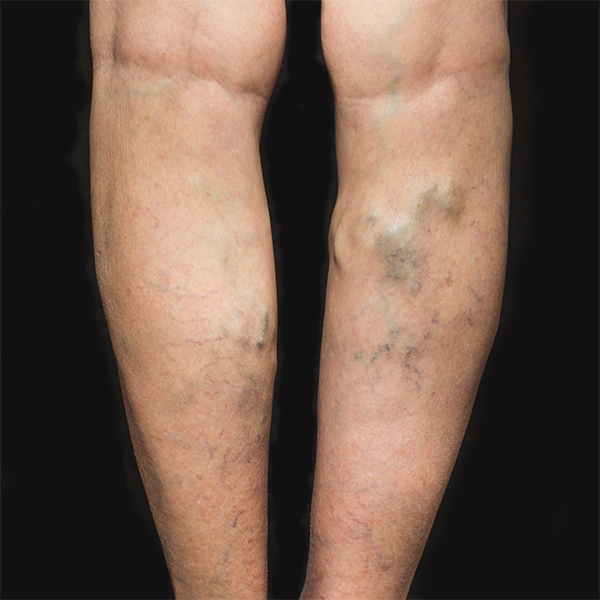To diagnose varicose veins, the doctor will perform a physical examination and will also look at the legs while standing to check for swelling.
You may also need to have an ultrasound scan to see if the vein valves are functioning normally or if there are signs of a blood clot. During this non-invasive test, a technician passes a small hand-held instrument (transducer) the size of a bar of soap on the skin of the area of the body to be examined. The transducer transmits images of leg veins to a monitor so that a technician and doctor can see them.
Treatment
Fortunately, in general, treatment does not involve hospitalization or prolonged and uncomfortable recovery. With less invasive procedures, varicose veins can usually be treated as outpatients.
Check with your doctor for Varicose veins treatment cost. If this is done only for aesthetic reasons, it is likely that you have to pay for varicose veins yourself.
Personal care
Personal care (such as exercising, losing weight, not wearing tight clothing, lifting your legs and avoiding standing or sitting for long periods) can relieve pain and prevent worsening of varicose veins.
Natural cure for varicose veins:-
Compression socks
Often, using compression stockings all day is the first approach before moving on to other treatments. They tighten their legs firmly, which helps the veins and leg muscles move the blood more efficiently. Compression varies by type and brand.
Varicose vein removal procedure:-
If you do not respond to personal care or compression stockings, or if the condition is more serious, the doctor may suggest any of these treatments for varicose veins:
Sclerotherapy
In this procedure, the doctor injects a solution that heals and closes small and medium-sized varicose veins. In a few weeks, treated varicose veins should be toned down.
Although it may be necessary to inject several times in the same vein, sclerotherapy is effective if done correctly. Sclerotherapy does not require anesthesia and can be performed at the doctor's office.

The injection of a foaming solution into a large vein is also a possible treatment to close a vein and seal it. Laser Surgeries Physicians are using new laser treatment technology to close varicose veins and varicosities. Laser surgery works by sending strong bursts of light into the vein, which makes it fade and disappear slowly. No incision or needle is used.
High ligature and extirpation of the veins
This procedure involves attaching a vein before it joins a deep vein and extracting the vein through small incisions. This is an outpatient procedure for most people. The removal of the vein does not negatively affect the circulation of the leg, as the deeper veins of the legs are responsible for the increase in blood volume.
Ambulatory phlebotomy
The doctor removes smaller varicose veins through a series of small holes in the skin. Only perforated leg parts are numb during this outpatient procedure. Usually, scars are minimal.
Endoscopic venous surgery
You may need this operation only in an advanced case that involves leg ulcers if the other techniques fail. The surgeon uses a thin video camera inserted into the leg to visualize and close the varicose veins and then pull them through small incisions. This procedure is performed on an outpatient basis.
In general, varicose veins that appear during pregnancy improve without medical treatment 3 to 12 months after delivery.

